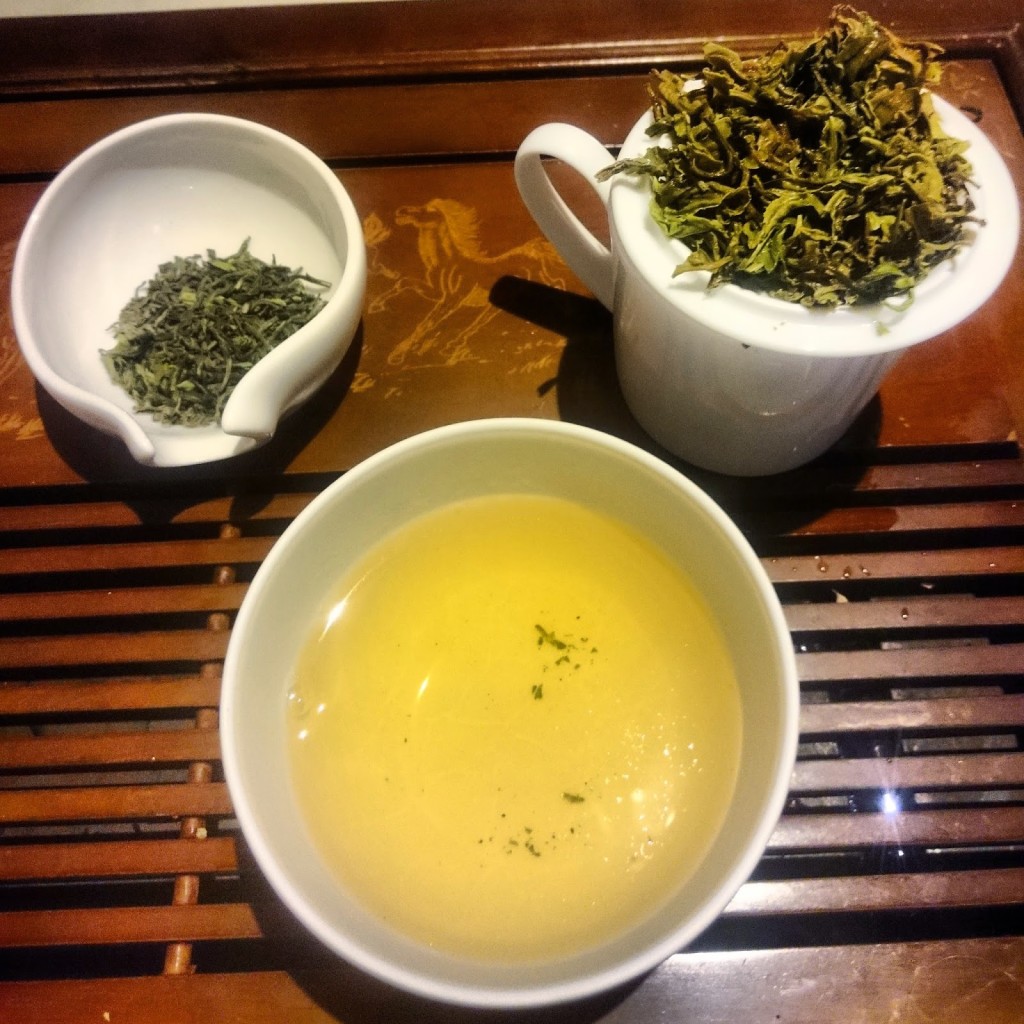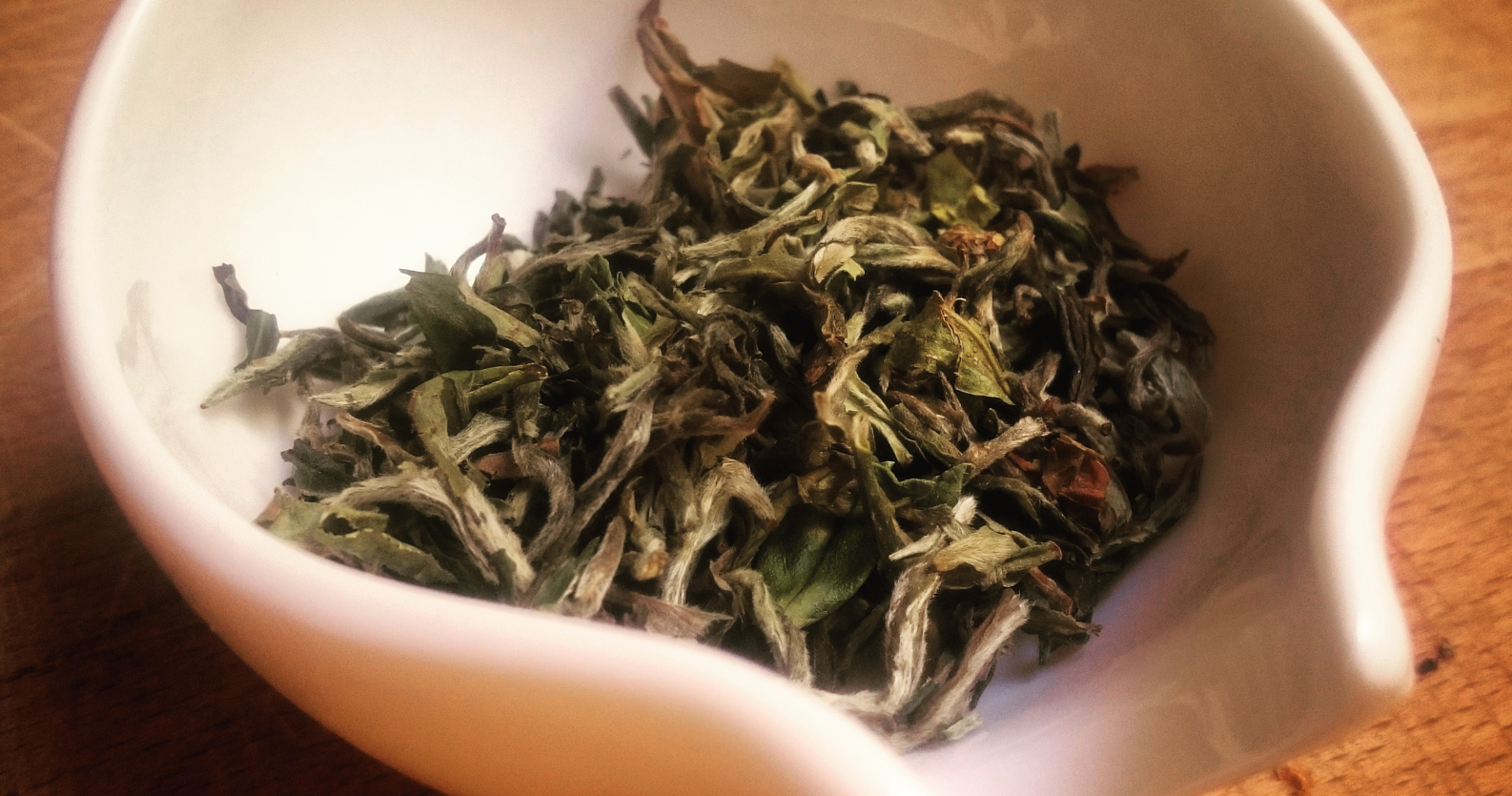
Just think about that, according some recent statistics of the India Tea Board, in 2012 about 8500 tons of tea were produced in Darjeeling but 40,000 tons were sold! Practically, out of 5 kilos, just 1 kilo was an original Darjeeling tea and the rest was FALSE!
It is now some time that, to protect consumers and producers, the Tea Board Of India established a brand.

- THE GARDENS
The Darjeeling includes 87 gardens protected by the brand and, moreover, all with a partial or total organic production. Therefore, it is essential to know the name of the garden the tea comes from… Without the name of the garden it comes from, a Darjeeling tea cannot exist. Consequently, a (branded) Darjeeling tea cannot be called just Darjeeling… it must be followed by a name, and the name must precisely indicate the garden: Castleton, Dooteriah, Puttabong, Margaret’ hope, Badamtan and many others … It is also nice (and important) to know where the tea is produced: altitude, proximity to lakes, rivers, soil composition, climate and so on… also to understand our taste! You would never buy a bottle of white wine without name, geographical indication and vintage year, right?
- THE HARVEST
It is fundamentally important to know the harvest.
The original main harvests of the Darjeeling black tea are three:
- First Flush, harvested in the Spring – FF
- Second Flush, harvested in the Summer months – SF
- Autumn Flush, harvested between September and October – AF
- There is also a very special harvest between FF and SF called “in between”, but it is collected only under certain favorable conditions, and this tea is very valued…
So, if we bought our beautiful black Darjeeling tea of Poobong gardens, collected in the spring, perhaps in March, we will have a label like this: Darjeeling Poobong FF, and it is already something…
- LEAVES
Let’s talk about the leaves, now. The general rule is that usually a “buds tea” is most precious than a “leaves tea”. But, you know, it is also important that leaves are not broken… The classification of the teas is in fact based on the leaves condition, and it starts from the concept of ORANGE PEKOE, the apical bud and the two leaves below.
- There are 4 groups:
Whole Leaf with the following main sub-groups:
- SFTGFOP – Super Fine Tippy Golden Flowery Orange Pekoe
- FTGFOP – Fine Tippy Golden Flowery Orange Pekoe
- TGFOP – Tippy Golden Flowery Orange Pekoe
- GFOP… FOP…
Broken Leaf with the following main sub-groups:
- FTGBOP – Fine Tippy Golden Broken Orange Pekoe
- TGBOP – Tippy Golden Broken Pekoe Or ange
- FBOP – Flowery Broken Orange Pekoe
- BOP – Broken Orange Pekoe
Fannings with the following main sub-groups:
- GFOF – Golden Flowery Orange Fannings
- GOF – Golden Orange Fannings
Dust
- THE BATCH
But we have not finished, yet… Sometimes it happens that, next to the name, there are some strange acronyms (EX1, EX2 or DJ1, DJ2), what do they mean? It is a codification that makes us understand even when the harvests are collected: DJ1 is the first batch of 100kg, DJ2 is from 101 to 200 kg and so on… (On a blog I even found the DJ acronyms followed by the number indicating train stops running through the Darjeeling area) However EX1 and EX2 are produced before the DJ1 and are more valuable, unique and expensive…
- Darjeeling: Place of origin
- EX1: Progression of the harvest, in this case it is between the First (!) and the 9kg collected…
- Poobong: Name of the garden
- FF: First Flush, the first harvest
- SFTGFOP1: Super Fine Tippy Golden Flowery Orange Pekoe, whole leaf tea, the most precious, bud and leaves.

